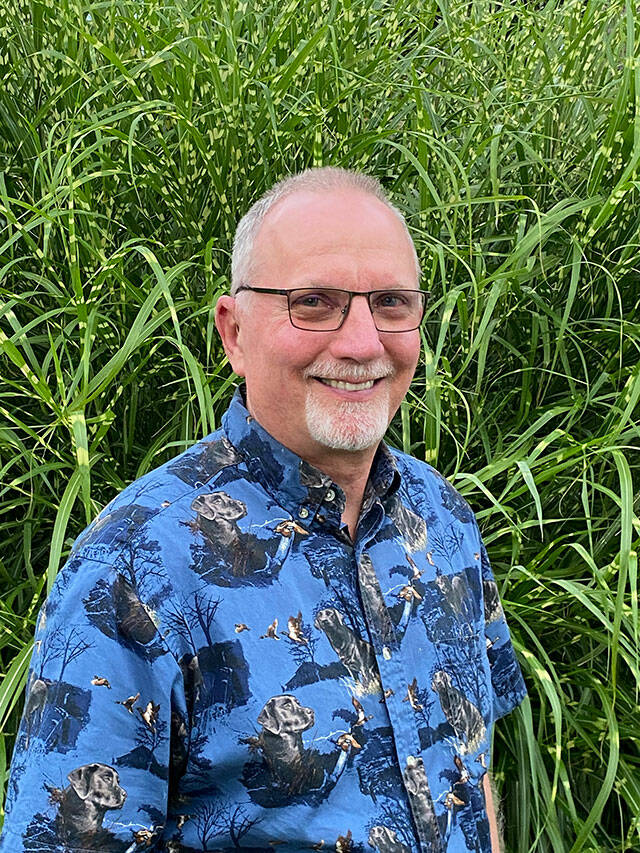Curiosity: “A desire to know or learn.” (Wordnick.com)
Have you noticed that cats and kids are innately curious? Where does this trait come from, and why does it seem to disappear for many people as they age? I raise this question because I have been finding this trait popping up as a strategy when connecting with people who are struggling with some kind of deep loss or with children who have been traumatized.
I just finished reading and discussing a book on dealing with those who are in the midst of grief. The book is entitled, “Companioning the Bereaved” by Alan D. Wolfelt PhD. It’s an excellent book that takes the approach that when someone is mourning, we should walk alongside the mourner, “being present to another’s pain.” We should not try to comfort them by telling them the death or loss they are feeling is “part of God’s plan” or “try to take away the pain. As Tenet 10 in the book states, “Companioning is about learning from others; it is not about teaching them.”
In other words, being curious and humble is the appropriate approach someone should use when dealing with those who are grieving. You may not understand a person’s pain, but you should try to find out how that person is seeing their world. You should try to understand the world through the griever’s eyes. Finding out comes from being curious.
The second book is “Raising Kids with Big Baffling Behaviors” by Robyn Gobbel. Gobbel notes that being curious is one approach in dealing with children who have been traumatized; trauma is defined as a feeling of helplessness.
Dealing with such hyper-alert children requires a great deal of understanding where that child has been and how they see their world. According to the author, we have two deep needs: to feel protected and to feel connected. In a traumatized child, these needs can be in conflict with each other. Both are desirable, but a child’s need to feel safe often drives away those who are trying to connect with them. A traumatized child’s behaviors are often destructive and baffling.
When children feel insecure, they go through cycles. Gobbel divides the cycles into three parts:
The owl brain—the desire to be logical, calm, and safe.
The next cycle is the watchdog brain which goes through various manifestations: From being aware of danger on one side to attacking and destroying objects and hurting people on the other.
The third option is that of a possum which plays dead when it feels threatened, rather than attacking with the watchdog brain. These behaviors are not stages. They may arise in any order.
Caretakers have the same the same need to be connected and protected. Caretakers react and respond to their child’s behaviors in the same ways as their children.
It all gets down to training our children and ourselves to become self-aware. It’s now called socio-emotional learning (SEL) in public schools. One has to identify what state they and their children are in. There is power in understanding how their brain is working.
I recommend both books to help someone to become more empathetic and self-aware. You can accomplish that by being curious and thereby learning to walk alongside someone who has suffered trauma either as a child or as an adult.
Much of life is made up of listening with curiosity and not judging behaviors. Empowering our kids, ourselves, and those who are suffering through grief is key to dealing with difficult times and behaviors.
Is it easy to be curious when we feel the need to protect ourselves? Absolutely not. The human tendency is to strike out when we become frightened. The hard part is to learn to connect with the griever or the traumatized child.
“If we really are invested in helping people feel better- and not just in being in a position of enough power to force someone else’s behavior change- then it’s a relief to learn that committing to understanding behavior invites our brains into states of curiosity and compassion. ” – Robyn Gobbel


